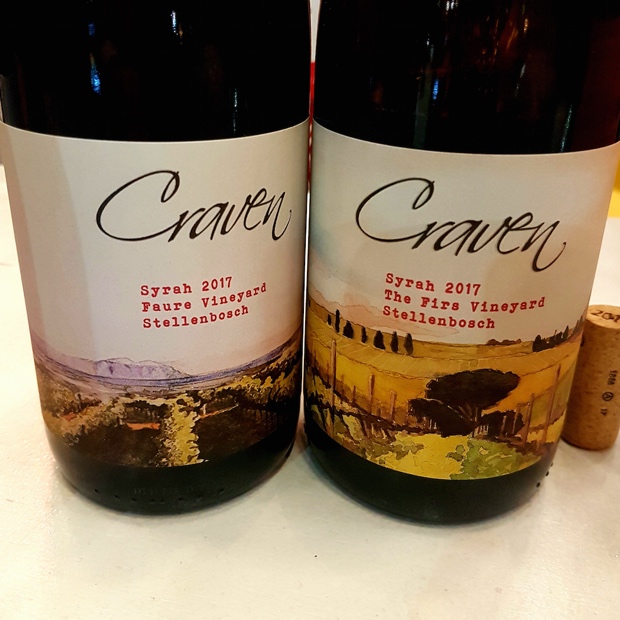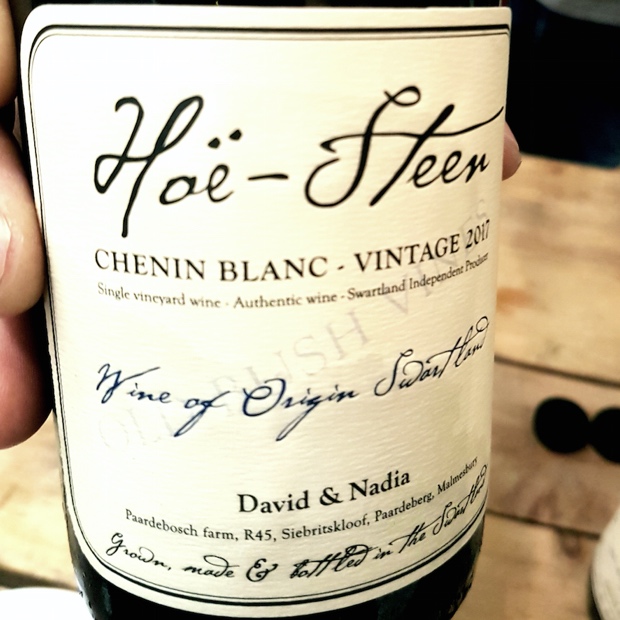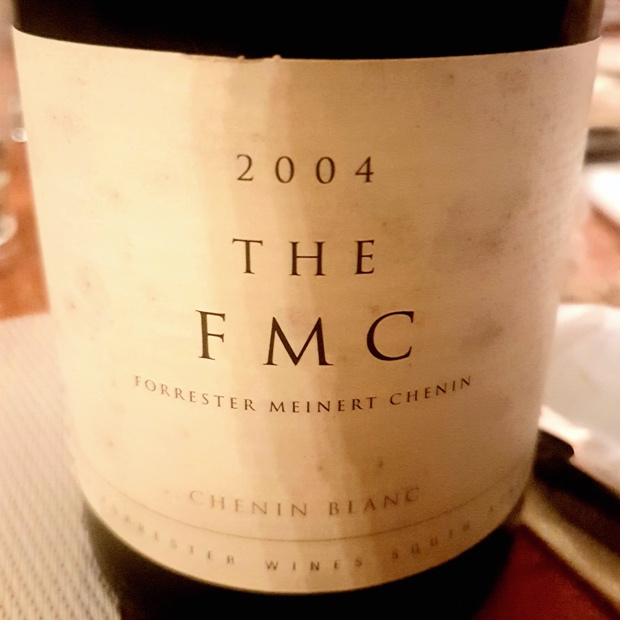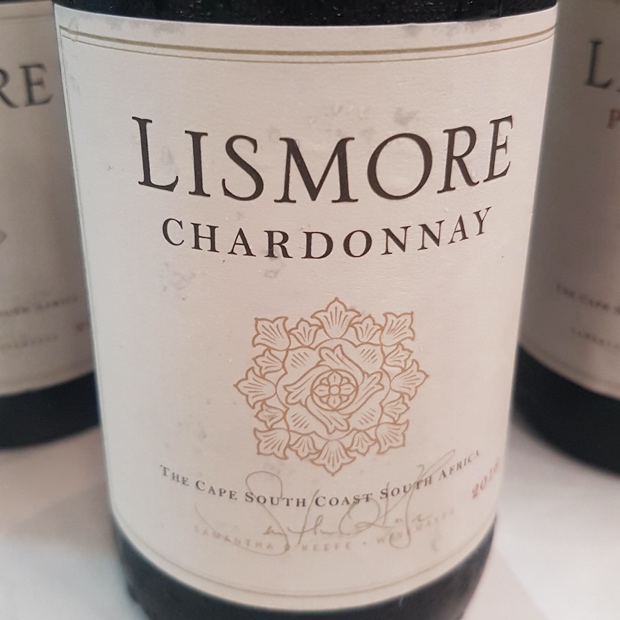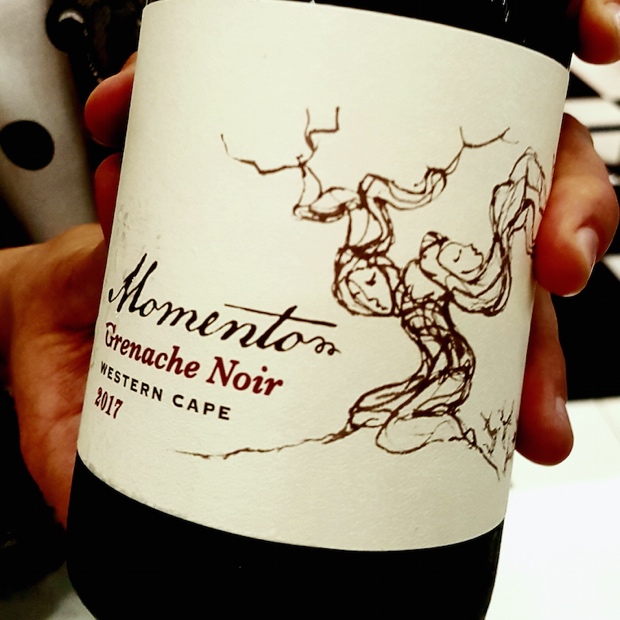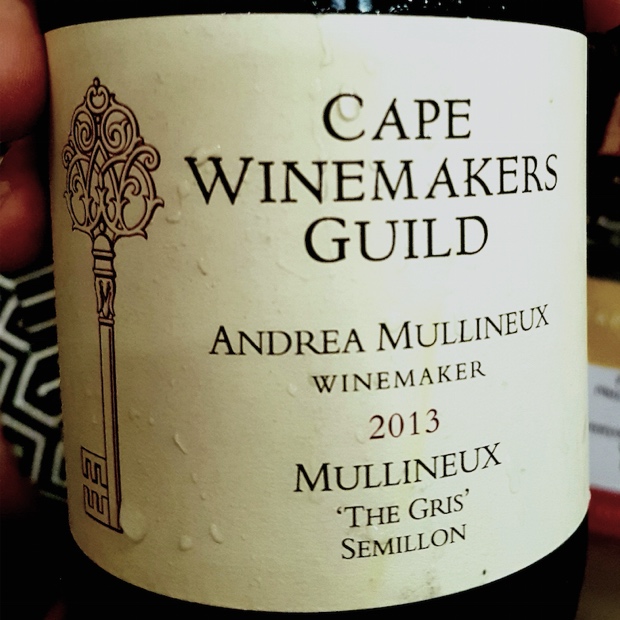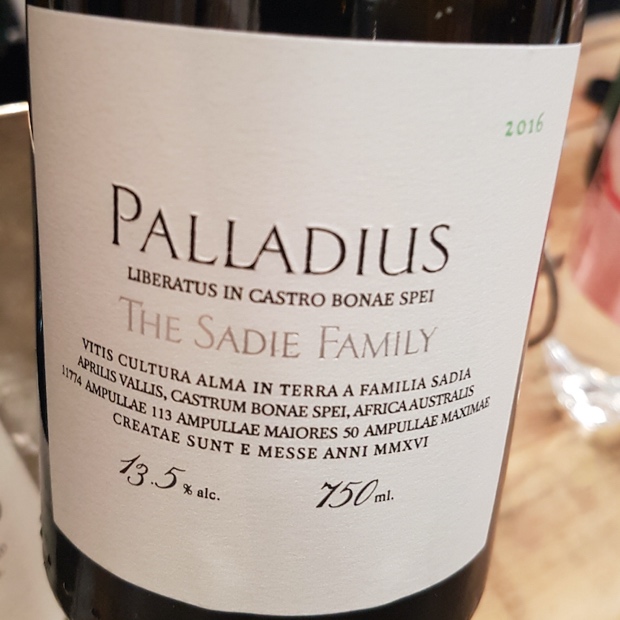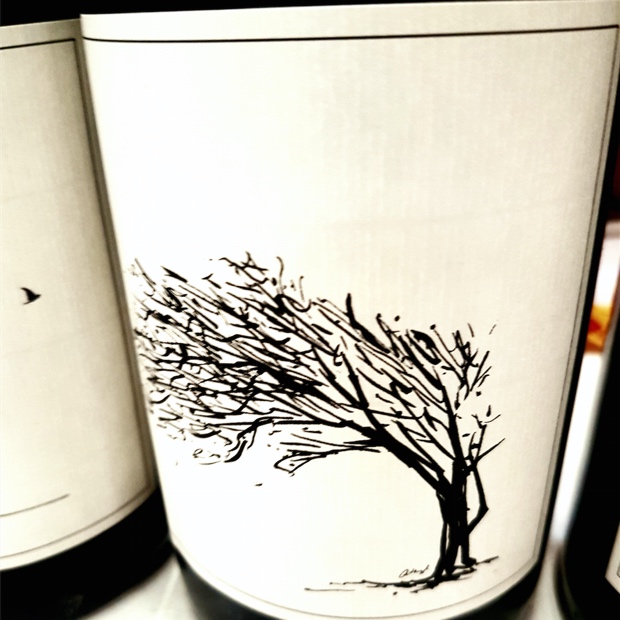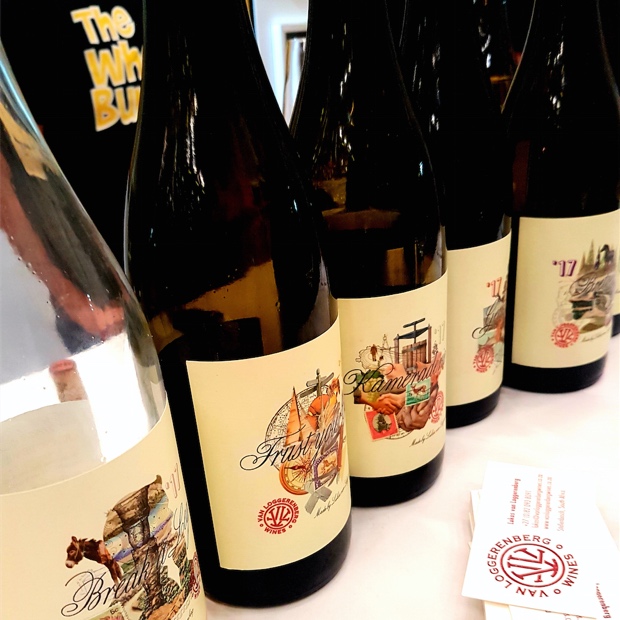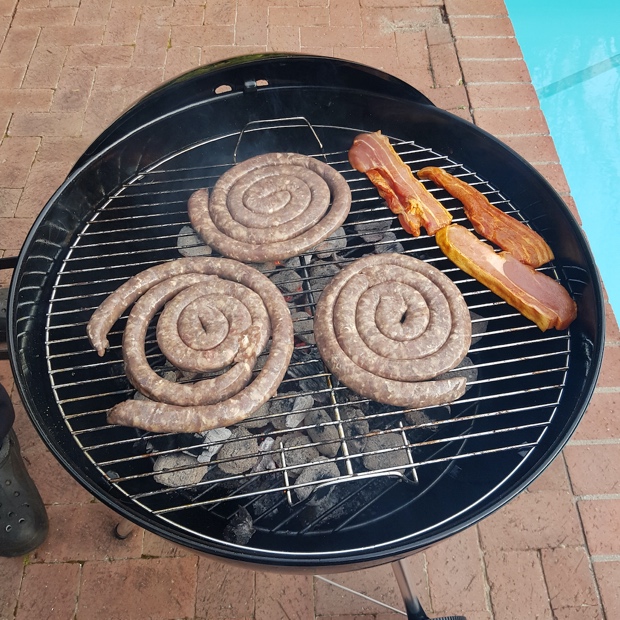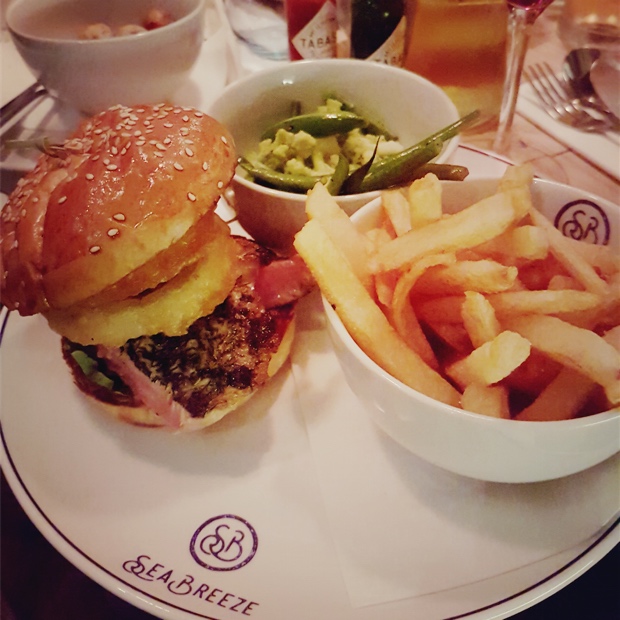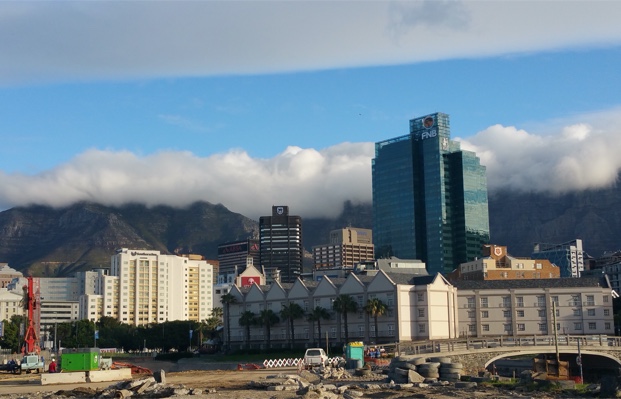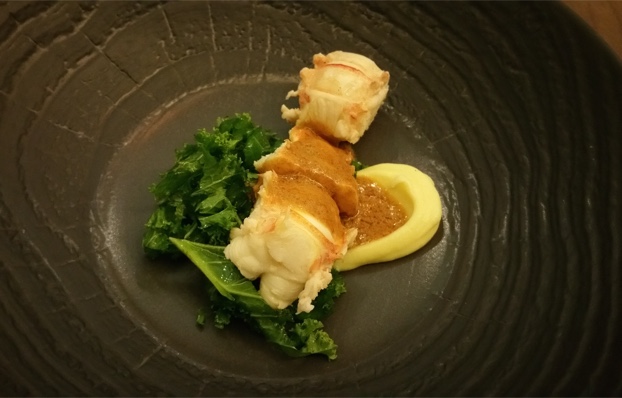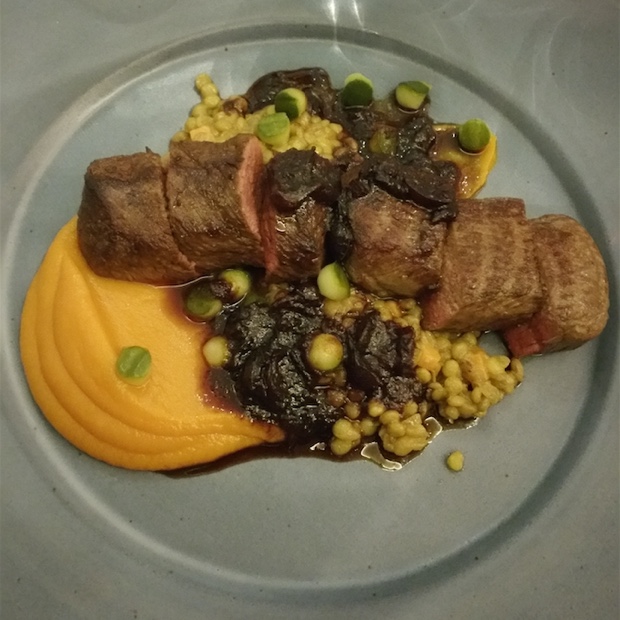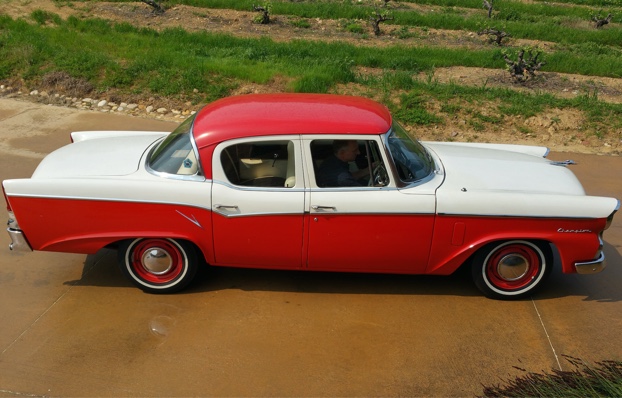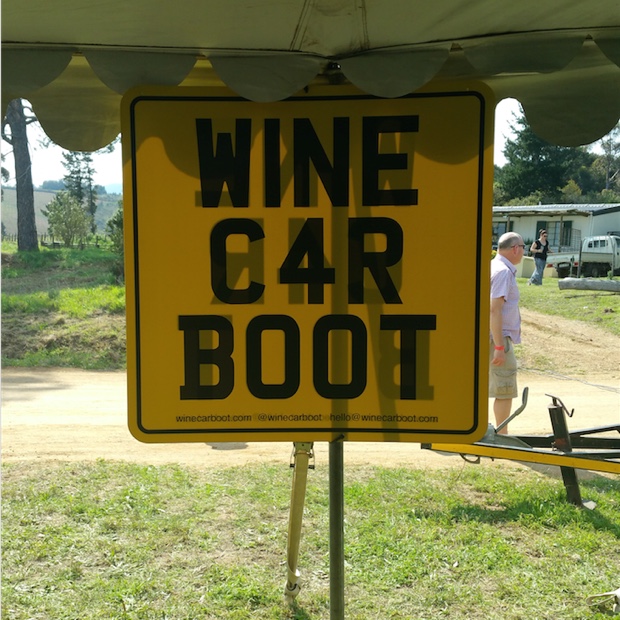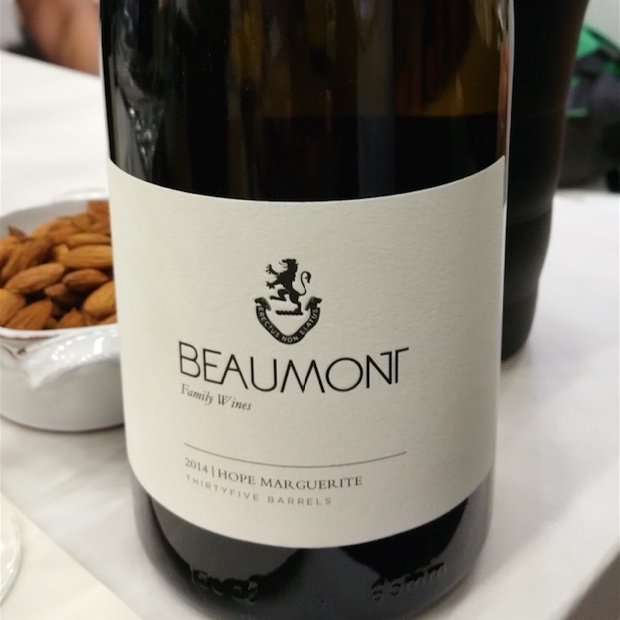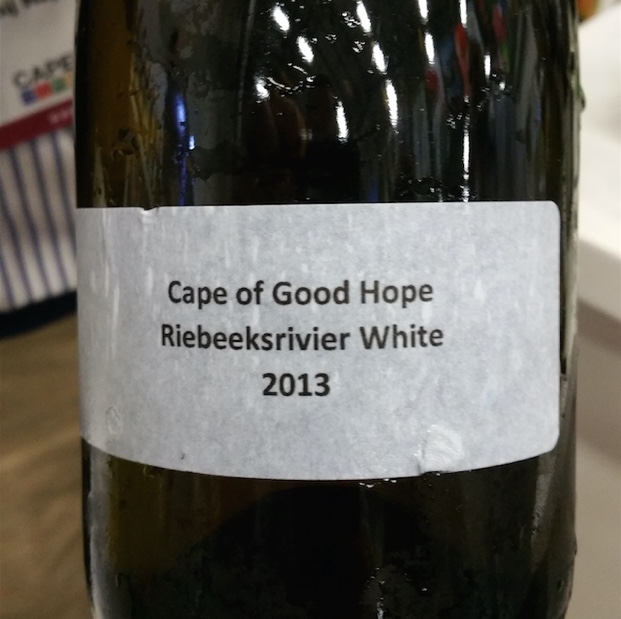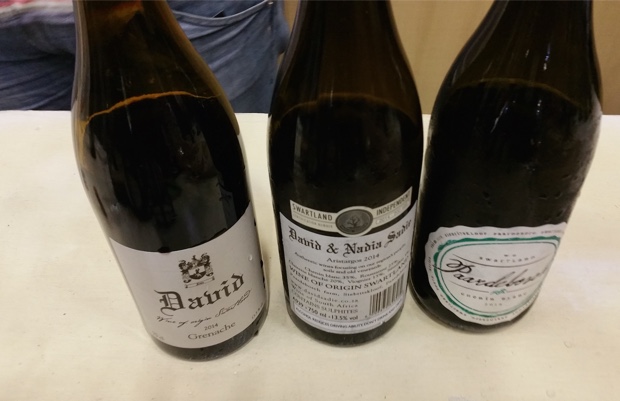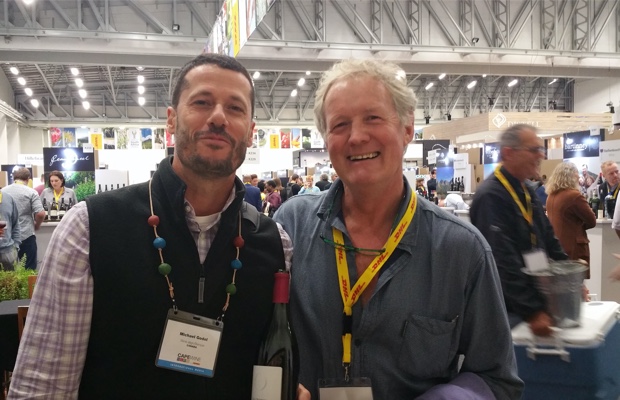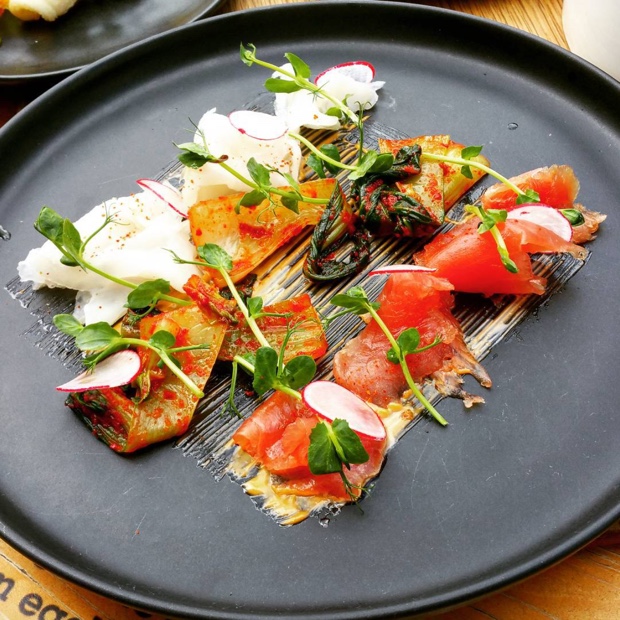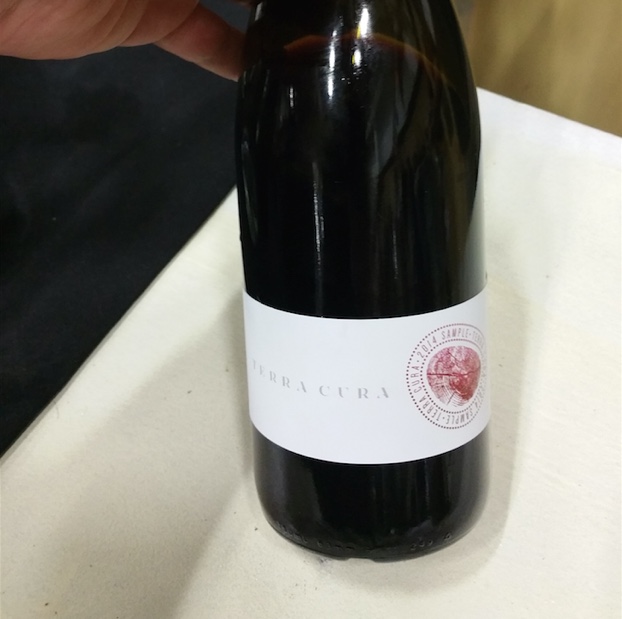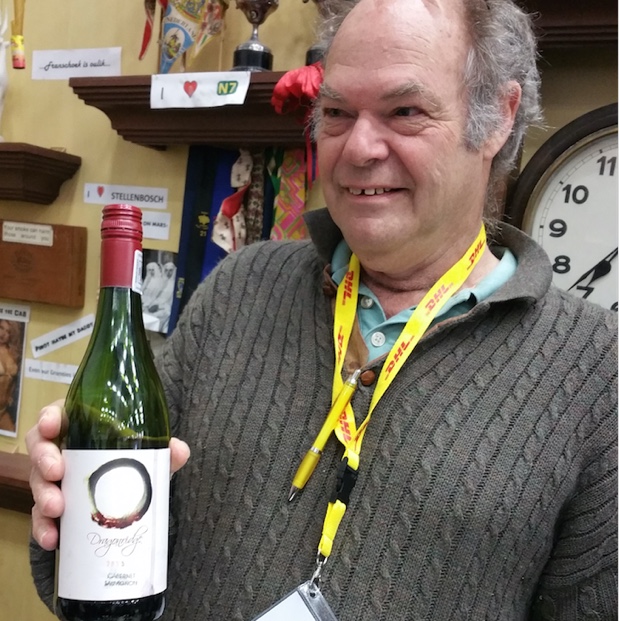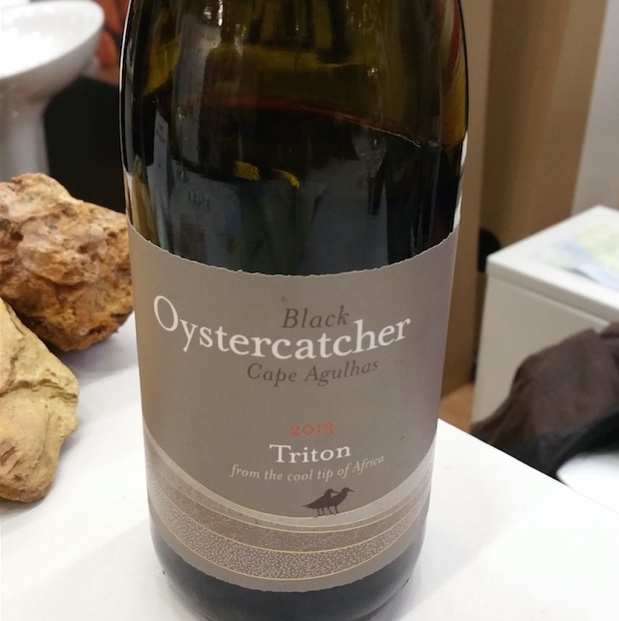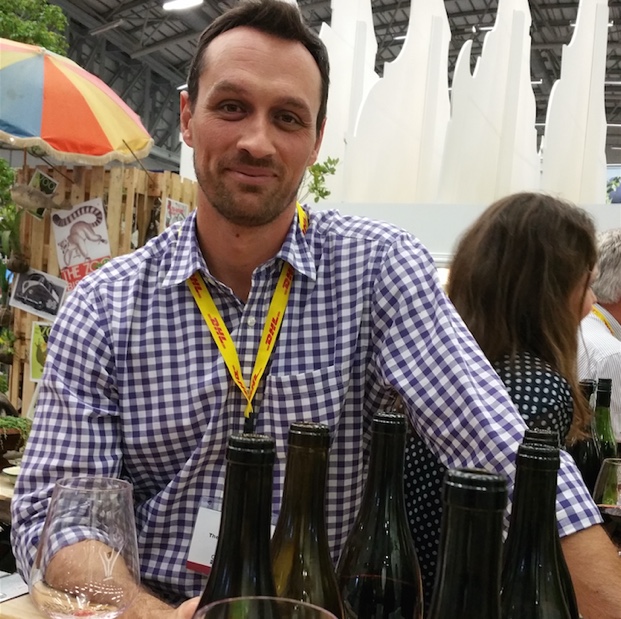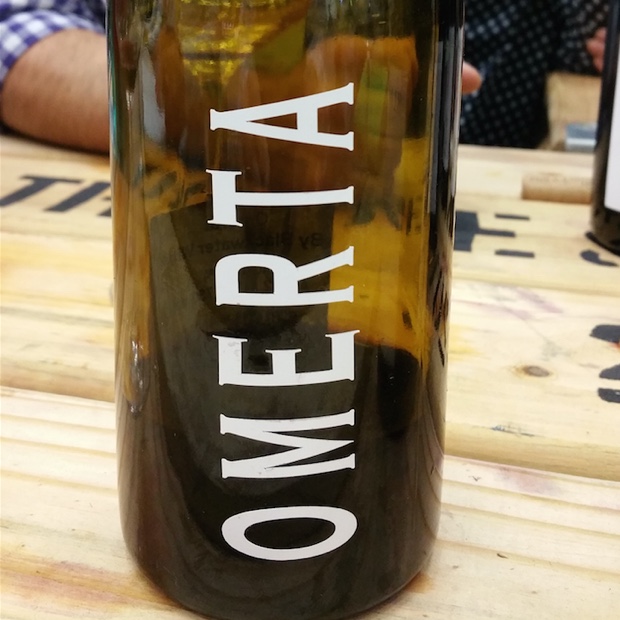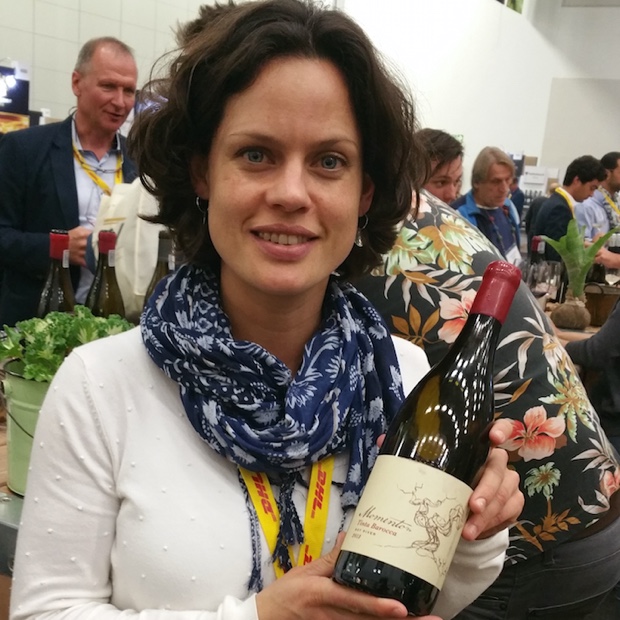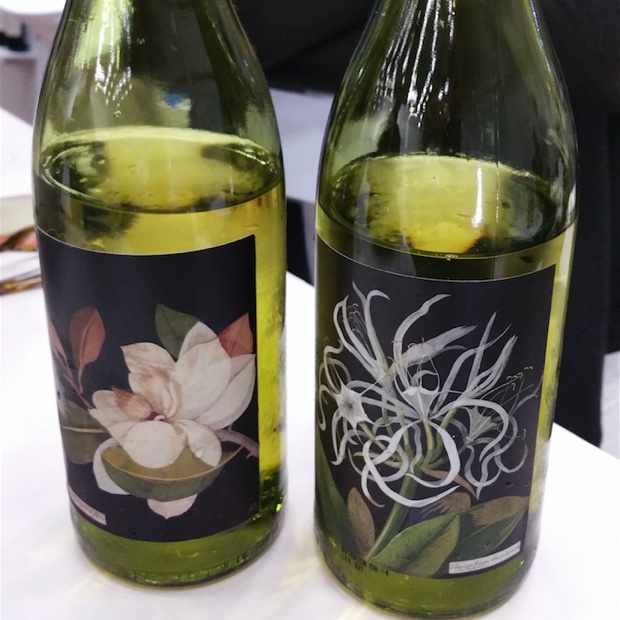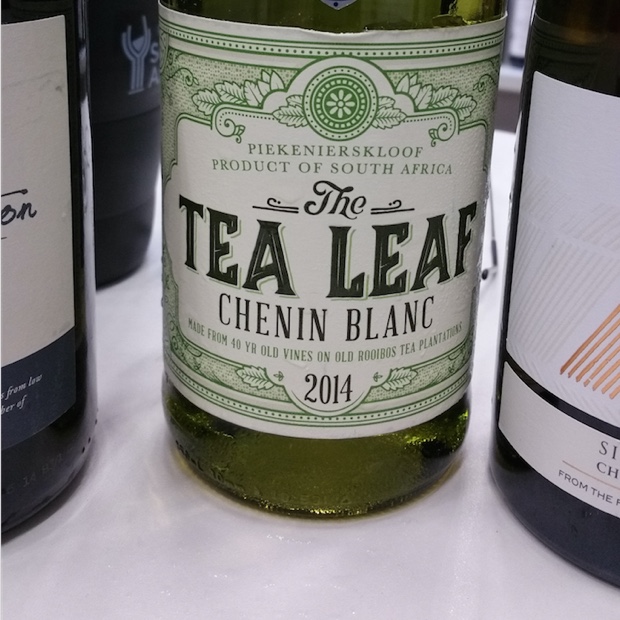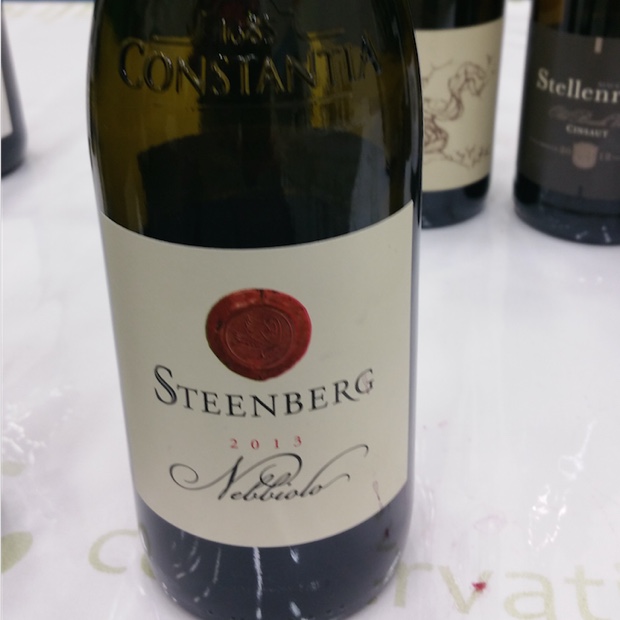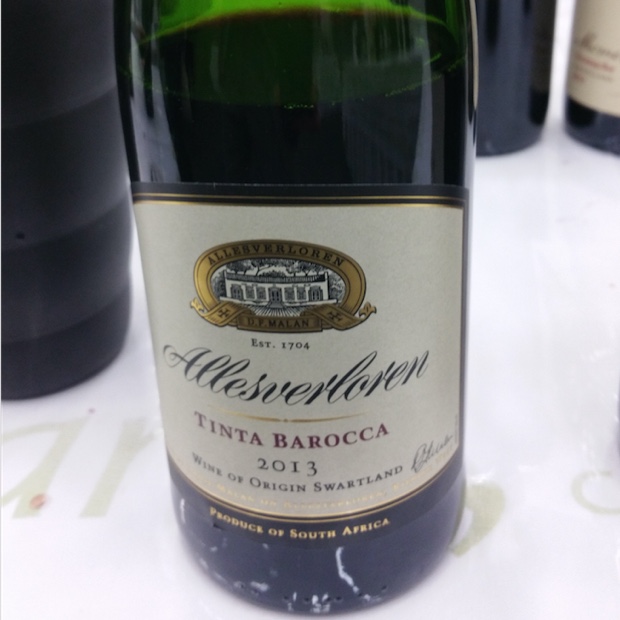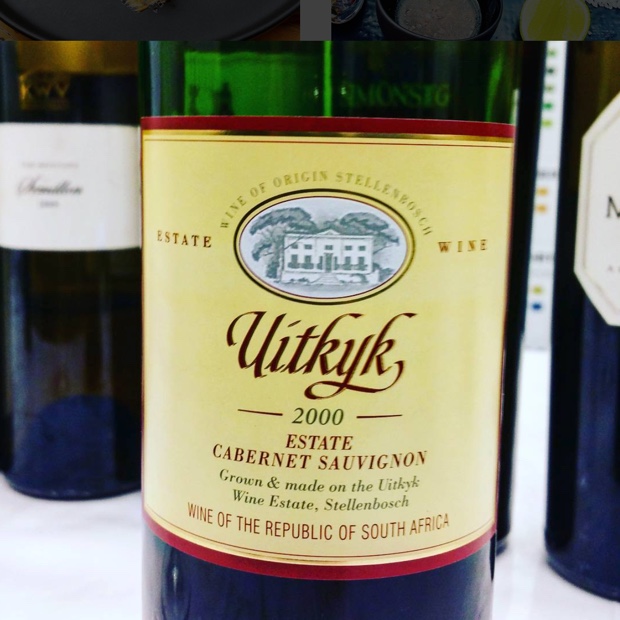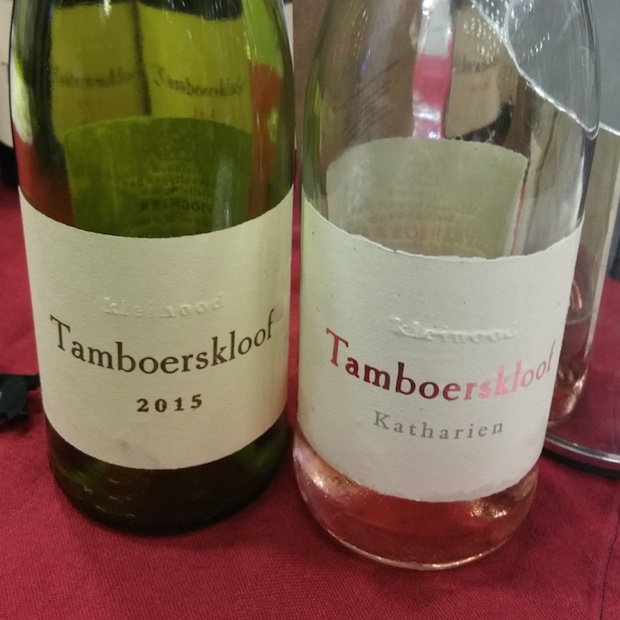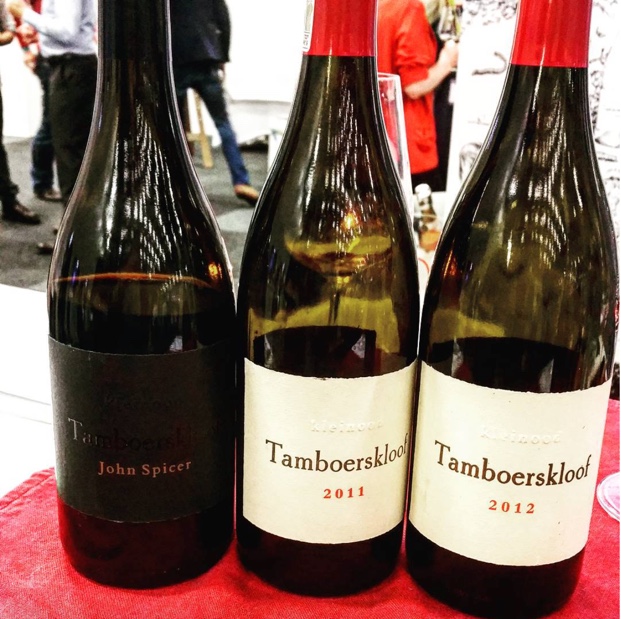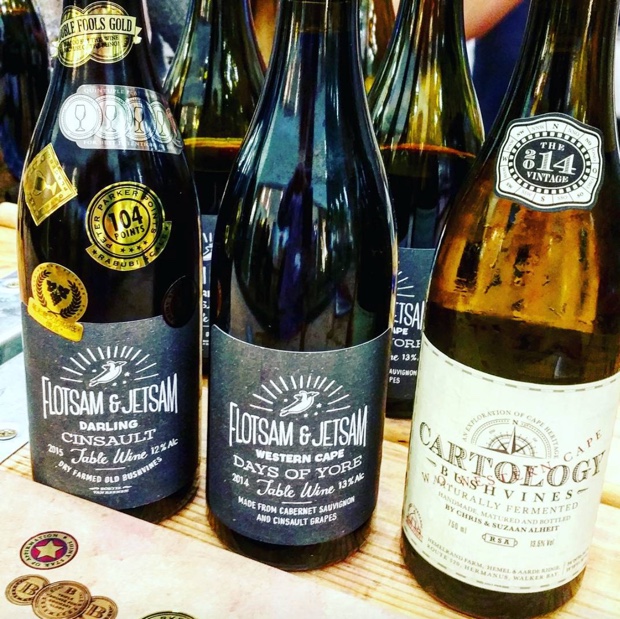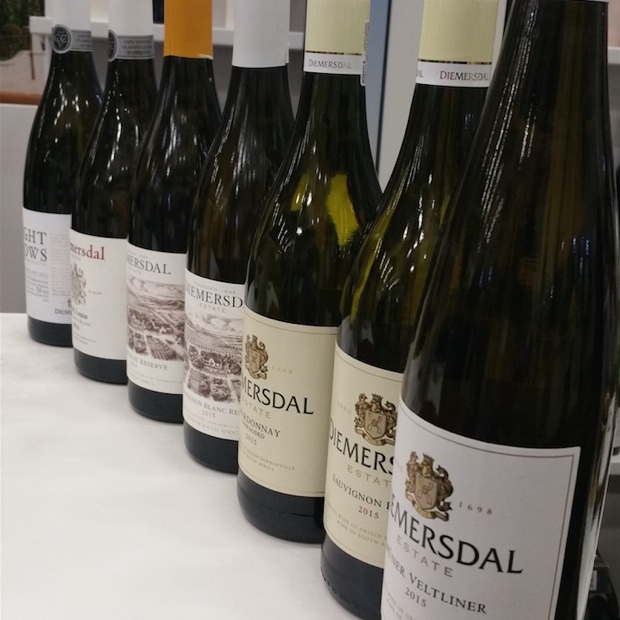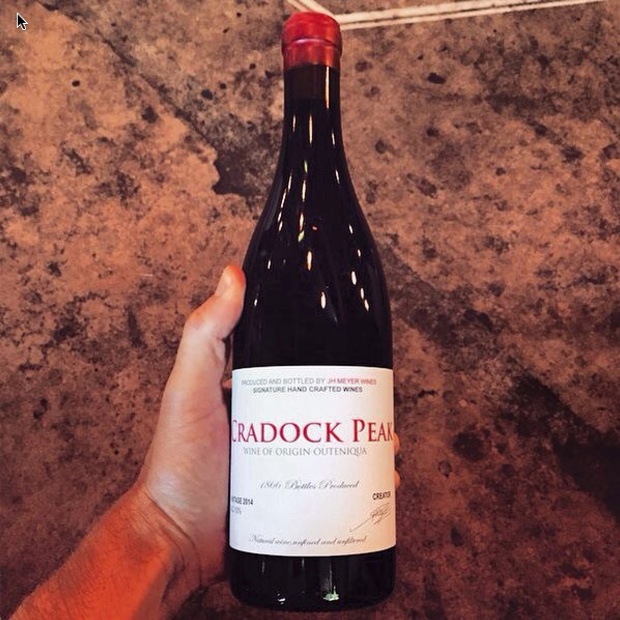as seen on WineAlign
Rosé all day, an absence of whites, reds in Portuguese, French and Italian dress plus choosing South Africa like falling off a log
It has been nearly a year since I last visited South Africa and every time VINTAGES rolls out an easily managed thematic collection of wines from that great country the heart swells and memories flood back into the brain. The powers that be within the LCBO’s New World buyers’ department do their finest no sweat work and narrowing down when it comes to Western Cape collections, surely witnessed and proven by the duck soup choices made for both the July 20th and August 6th releases. But we can’t lay too much emphasis on their easily accomplished selections as being the be all, end all reason for the successes. Producers are fortunate to work with exceptional terroir that includes dozens or more old vine blocks in many Cape nooks and transversely the Ontario purchasing choices are so numerous it’s like shooting fish in a barrel. The winemakers adage of “just don’t mess it up” translates into kudos to the buyers for getting things right. The fact is South African wines are of such high quality across varietal, producer and regional lines they speak for themselves and do so with great heart.
Related – Heritage and diversity in South Africa
Which brings me to what struck so strong in September 2018, straight to the heart and without equivocation. Heritage and diversity are the country’s two greatest strengths. Sure as a circle will turn you around there is this third tangible and credible something that seems so unmissable about South Africa and South Africans. Resilience. Neither politics, nor conflicts between and in the oppression of peoples nor drought can deter the farmers, workers and producers of this nation. The human condition mimics its heritage vineyards planted to century-old varieties, to perpetuate and to persevere. This is the South African way. And it is the wines that are exceptional in ways that require great levels of explanation.
Over the last several centuries grape varieties were brought, expatriated and forced into the blending of exile. No peoples should ever be de-humanized nor taken for granted and neither should wines be quietly dismissed. With each passing varietal situation time has been sublimed and wines produced in South Africa teach us that they simply are not examples of minor beverages. It has taken place in the heart of agriculturalist and winemaking ability, to change small things and see greatness in ascension to that which is simple, authentic and refined. It’s a matter of having felt sensations introduced into the absurdity of our lives.
We begin with some wines tasted and assessed back in September 2018. These are a cross-section of what the country’s makers do best, some unknown, others better known and collectively they act as examples in performance at the highest level.
Fourteen South African producers and wines you need to know
A. A. Badenhorst Chenin Blanc The Golden Slopes 2017, WO Swartland (WineAlign)
The Golden Slopes is chenin blanc planted on granite hillsides, vines in the 80-ish years of age and this surely has much to do with the paradigm of success predicated by a focus on texture. Remarkable heritage vines on the Badenhorst for which Adi is able to seek, measure and play. Like the Secateurs it is indeed all about texture but here, this is something other. Conatus. The Golden Slopes are marked by intense and impressive warmth, lees and the effects of managing lost acidity. Adi finds a way for them to be kept by the moments gained in flesh and layers. Old vines do what the young and inexperienced do not. They achieve an innate inclination, in this case for chenin blanc to continue to exist and enhance itself. Drink 2019-2027. Tasted September 2018
Craven Wines Syrah The Faure Vineyard 2017, WO Stellenbosch (WineAlign)
Like the sister Firs this Faure Vineyard site is also 21 years of age, east facing towards the Heldeberg, with rocks in the soils. The name is more than familiar to Jeanine Craven, who was a Faure before she merged with Mick. What really separates this place is the marine air, three kilometres from the sea, as far as the African Black Oystercatcher flies. Again the planning involves whole cluster pressing and on skins seven days, to make pure syrah. Separated by 15 kms the Faure is antithetical to the Firs, salted by the sea and of a furthered intensity in a different form. It’s near searing, linear, grippy and with acidity lifting everything. Really juicy, pushed by a wow factor, clean, no funk and so much spice. Drink 2019-2027. Tasted September 2018
David And Nadia Wines Chenin Blanc Hoë Steen 2017, WO Swartland (WineAlign)
One of two single vineyard explorations from the Sadie’s work is this 1968 steen planted in deep soils to the west, towards Darling. This fourth vintage is a demure of chenin blanc’s deepest, richest and most glycerin textured possibilities. Time and a warming in the glass causes this floral emergence in a spiced space time continuum usually reserved for white wines like Condrieu. But this is entrenched in heritage steen genetics, not viognier and the acidity is all local, parochial and fine. The complexities are circular by nature, in rotation and encompassing all that we hold sacred for Cape wines. Takes hold of your mind and controls your breathing with its life affirming energy, like an invisible blanket wrapping you up in the desert, at night, under stars. Total production is 45,000 bottles. Get some. Drink 2019-2028. Tasted September 2018
Hamilton Russell Vineyards Pinot Noir 1997, WO Hemel En Aarde Valley (WineAlign)
It was 1997, a point 10 years deep into the Hermanus pinot noir investigations and what Anthony Hamilton Russell called “the year the Dijon clones kicked in, or at least the use of them.” This is seemingly more evolved than that ’86 if only because the über ripe fruit may have baked a bit in the sun. Tastes so old school Beaune now with a cane sugar-cocoa-vanilla trilogy of development. Powerful pinot noir now in the throes of its soporific times. Drink 2018. Tasted September 2018
Huis Van Chevallerie The Hummingbird Colibri Kap Klassique 2017 (WineAlign)
The Hummingbird is composed of 70 percent viura with chenin blanc from Christa von la Chevallerie’s Nuwedam Farm in the Paardeberg. The first viura as far as we can tell in South Africa, a Spanish grape variety not very high in acidity picked up and elevated by the chenin. This first vintage kick at the sparkling can in a Cava style is mostly 2017 fruit, in bottle 12 months so very much adhering to a Cap Classique model. Christa thinks both outside the box and the varietal groove with this textural beauty and so its moniker naturally importunes as Kap Klassique. As a bottle of bubbles it offers a forward rush of life, crystallized in a brilliant jewel of a moment. Drink 2018-2022. Tasted September 2018
Ken Forrester Wines Chenin Blanc The FMC 2004, Stellenbosch (WineAlign)
FMC, as in Forrester (Ken), winemaker Martin Meinert and chenin blanc. Here looking back 14 years to a time when they and only a handful of others had the true understanding of foreshadowing as to what the signature grape variety could become for South Africa. That is why they set to making this highly specific and purposed example. From a single vineyard, then 34 years old (now pushing 50) and the eighth vintage, by 2004 fully commanded stylistically by its makers. Barrel fermented and bloody rich, still viscous, now so honeyed and lit like a candle in a cool cave. A true original, like the Ford Motor Company, a female main character kicking butt in an action film, FMC. Drink 2018-2021. Tasted September 2018
Lismore Chardonnay Estate 2017, WO Greyton (WineAlign)
From the Cape’s south coast and Samantha O’Keefe’s Greyton Farm down a dusty road. The Estate sees 500L barrels, 35 per cent new and is a best fruit selection cuvée. It’s also about the ferment “to keep a limey tension,” tells O’Keefe, so it’s really about the combination of the two. Like the “normale” the orchard fruit persists but here there are stone fruits joining the apples and now the grip takes hold. If the other needs a year in bottle this “Reserve” could entertain three. In quite an awe-inspiring way it travels to and fro on a Meursault-Marsannay line, of high construct and palpable intensity. I’d wait the three for the grace and beauty of its future. Drink 2020-2027. Tasted September 2018
Momento Wines Grenache Noir 2017, WO Western Cape (WineAlign)
There are some South African winemakers who just seem to intuit what grenache is capable of realizing comme il faut from a Cape raising. Marelise Niemann is one of a select few who have mastered the art and science of grenache pulmonary resuscitation. Hers is 90 per cent Paardeberg and (10) Voor Paardeberg, so not labeled as such. “The most important red grape in South Africa,” she says with varietal diffidence and I will not be one to argue. Not with Marelise. These are bush vines, all itching to succeed off of decomposed granite. These vines scratch and claw their way out of the aridity and the adversity to gift a purity of fruit and very special tannins. Pretty and with a level of tension seen in its face, after some time on skins and a natural ferment crawled out of whole bunch pressings. Spiced and spicy, demurred, matured in old oak 16 months, wise, mature and nurturing. Drink 2019-2024. Tasted September 2018
Mullineux Cape Winemakers Guild ‘The Gris’ Sémillon 2013, WO Swartland (WineAlign)
This was the year Andrea Mullineux began working with this rare and certified by the Old Vines Project sémillon gris from a 1960 planted (just 2 kms away from the chenin blanc), heritage dry-farmed plot grown on the granite soils of the Paardeberg in the Swartland. Only a few blocks exist anywhere and in 2014 some of this fruit began to augment the Mullineux Old Vines White. It is what Andrea calls “a project of the jumping gene.” It’s like a varietal ride on a pogo stick, in colour from pale like colombard to dark as cinsault. A citrus attack like no other and subjugated to the lush manifestations of skin contact. Still so flinty-smoky, lean and yet of a texture like an emollient of florals keeping the wine moist, fleshy and flexible. Though not the saltiest of vintages this gris is in complete control of its phenolic emotions. It’s also blessed of this unreal incandescence. Wholly unique in every respect. Drink 2018-2026. Tasted September 2018
Paul Cluver Pinot Noir Seven Flags 2015, WO Elgin (WineAlign)
The most floral vintage of the Seven Flags and the first with clones 115 and 667 brought into the blend. This to create new concepts and levels of complexity with vines old, new and next level involved. The intermixing leaves us with a sensation involving many layerings; fruit, acid and structural. The fruitiness and fresh flower gatherings presents an aperture of severe harmony and adds up to a bunch of aesthetic yeses. Give it a year or two to integrate. Drink 2020-2027. Tasted September 2018
The Sadie Family Palladius 2016, WO Swartland (WineAlign)
Palladius is the quintessential spear brandishing South African appellative blend with more varietal diversity than an oenology department’s nursery. It holds chenin blanc, grenache blanc, marsanne, sémillon, sémillon gris, viognier, clairette blanche, roussanne, verdelho, colombard and palomino. No one does varietal interaction and trickery like Eben Sadie. No one. The ’16 is a wine of mixed tenses, the whole echelon and the black hole in the sun. Fruit comes from eleven different blocks all on granites, some from the Riebeek-Kasteel side. Ages in clay amphorae and concrete eggs, then racked into foudres, “to bring it all together.” Palladius holds a casual disregard for synchronizing fruit, acid and extract verb tenses in the way it uses a conditional interrogative without the proper structural order. It’s a wine of fine and unfair intensity, iconic, wise, learned and all for good reason. Imagine this to age well beyond its 15th birthday. Drink 2019-2032. Tasted September 2018
Savage Wines Syrah Girl Next Door 2017, WO Coastal Region (WineAlign)
Though the négoce roaming transverses the entirety of the Western Cape, sometimes you just go home again. This as small as it gets Girl Next Door resides and is raised out of a 0.38 hectare Noordhoek vineyard, “the weekend hobby vineyard,” as Duncan Savage would put it. A block of great clichés, “the home garden,” or at least close to home and certainly “a work in progress.” The developing plot is a mystery wrapped inside an enigma within a narrative that currently fashions a wine to speak of a long term vision. In these first chapters it is already doling dark and mysterious, rich and silky, highly meaningful fruit. How this can’t turn into one of the great epic novels of Western Cape lore is beyond you and me. Home is where the heart soothes then savage beast. Winemaker and syrah. Drink 2020-2026. Tasted September 2018
Silwervis Cinsault 2016, WO Swartland (WineAlign)
A single-vineyard is the source and a unique one at that for the Swartland because here is the spot where the decomposed granite of the Paardeberg begins to meet the northern slate. Paardeberg cinsault. If you are not yet familiar with this lovely beast it’s high time you got stoned on it. A varietal echelon rebirth eschews decades of French mistakes and enters into a revolution. As I noted from the ’14, it’s also a revival, a saving and a reformation. Having made itself a home in the Swartland now cinsault can create its own narrative, re-write the book and speak of the terroir. Transparency is truth and in a tightly wound, uniquely tannic way this curls tart and cured meaty filaments around a paradigmatic red fruit core. It’s bloody caesar delicious. Drink 2018-2022. Tasted September 2018
Van Loggerenberg Wines Kamaraderie 2017, WO Paarl (WineAlign)
Just the second vintage of Lukas van Loggerenberg’s Kamaraderie is a chenin blanc from a 1960s planted, two hectare single-vineyard in Paarl. Lukas picks the bottom of the slope first and the top many days later so there is this natural layering of fruit. Reeks with reminiscence, of fennel and pistachio, of fronds and gelid cream. Only 800 bottles make this one of South Africa’s rarest chenins raised for 10 months in old barrels, unstirred, shaken or allowed to visit with the malolactic king. There’s a dissolve of delicious citrus seamlessly streaked through fleshy fruit in what is just such an organized and structured chenin. Finishes with the brine, oh the brine. Drink 2019-2024. Tasted September 2018
In VINTAGES
While the August 6th VINTAGES is chock full of stalwart South African wines it bears repeating that July 20th also gifted some worthy picks. The list below takes a page out of each book.
South Africa picks – August 6th Release
651711, Cederberg Chenin Blanc 2018, WO Cederberg ($18.95)
Michael Godel – Next level chenin blanc from the Cederburg appellative specialist, so very herbal, lime driven and smart like dry riesling in a Rheinhessen way. Terrific acids lift and elevate the lime and tonic flavours. Most excellent arid example with a dried herb finish.
652867, House Of Mandela Phumla Pinotage 2017, WO Western Cape ($21.95)
Michael Godel – A pinotage that bridges the twain between old school and necessary modernity, with plenty of wood induced chocolate and some mocha but also quality varietal acidity and tannin. Rich, unctuous and spirited to the thriving point of attack.
355438, De Wetshof Finesse Lesca Estate Chardonnay 2018, WO Robertson ($24.95)
Michael Godel – Lesca’s fruit is drawn from three vineyards in Robertson notable for their predominant soils of limestone and chalk. Great work from the De Wetshof bros who just allow this grape variety to shine on, be explicit and act of its very own accord.
651810, Spier 21 Gables Cabernet Sauvignon 2014, WO Stellenbosch ($39.95)
Michael Godel – From the extraordinary Annandale Estate in Stellenbosh Spier’s is very peppery cabernet sauvignon with a distinct local touch of glare and flare. Steely exterior, massive fruit and and such a bloody lekker South African. Long and juicy. Who says you can never go back to old school.
South Africa picks – July 20th Release
698274, Rustenberg Stellenbosch Chenin Blanc 2018, WO Stellenbosch ($14.95)
Michael Godel – Rustenberg continues to prove that it qualifies for top varietal value specialist out of Stellenbosch by pumping out pop hit after hit and this chenin blanc is no exception. Fruit riper than many, mild spice meeting wafts of vanilla and more than its share of lees-effected texture. All around right and proper.
698290, Bellingham Homestead Shiraz 2017, WO Paarl ($18.95)
Michael Godel – Deep, dark, handsome and peppery shiraz here from Stellenbosch with a syrupy confection and plenty of energy on the flip side. Really drinks like a bigger, more expensive and chic wine.
Best of the Rest for August 6th
498535, Malivoire Vivant Rosé 2018, VQA Beamsville Bench, Niagara Escarpment, Ontario ($19.95)
Michael Godel – Canada knows Rosé but Malivoire really knows Rosé. Vivant may be there between entry-level and cru but it’s done up so right, light but too much so, gently expressed but enough that fruit gets through and shines bright as if picked just there. Salinity strikes through without splitting up that fruit, like a main vein bringing oxygen and essential nutrients like blood to the mind. Last tasted July 2019.
668335, Argento Reserva Cabernet Franc 2015, Mendoza, Argentina ($15.95)
Michael Godel – Argento is from the owners of Uruguay’s Bodega Garzón, Chianti Classico’s Dievole and Montalcino’s Podere Brizio. A year past the freshest time in its life but cool, savoury and without too much barrel overtake (thanks to second and third passage wood). Well-worked and solid to be franc, true to place, now chewy and offering proper value.
667527, Château De Montguéret 2017, AP Saumur, Loire Valley, France ($17.95)
Michael Godel – Ostensibly the driest and purest form of chenin blanc from Saumur with the Loire’s post-modern take on the Western Cape, in a way though without pungency, pepperiness or glucose inflected texture. This is dry as the desert, tart, tangy and intense. Needs some richness in food to make all ends meet.
964221, Le Volte Dell’Ornellaia 2017, IGT Toscana, Italy ($29.95)
Michael Godel – Welcome into the Ornellaia range by way of the second wine that has never shown even a modicum of compromise. Hot vintage but acidity is strong and true while fruit stays cool, seasoned and reasoned, There’s a real meatiness to this ’17 and a lovely sense of salumi cure. Once again an educational tool for Bolgheri and Toscana.
260802, Brancaia Riserva Chianti Classico DOCG 2013, Tuscany, Italy ($38.95)
Michael Godel – Sangiovese needing the bottle is proven here. Now a year and a half later this swirls into a grosso sangiovese like liqueur with plums, cherries and spice. Really Riserva in style and now just 18 more months away from its guaranteed due elegance.
922054, Silvio Nardi Brunello Di Montalcino DOCG 2013, Tuscany, Italy ($50.95)
Michael Godel – Oenologist Emanuele Nardi draws his classic Brunello from the fluvial Cerralti parcel, a mix of jasper which is a type of opaque, granular quartz, along with shale and clay. Classic liqueur and modern texture give way to grippy acidity and more than necessary structure. This is one of those Brunello that speak with fruit early but with a knowing nod to longevity.




